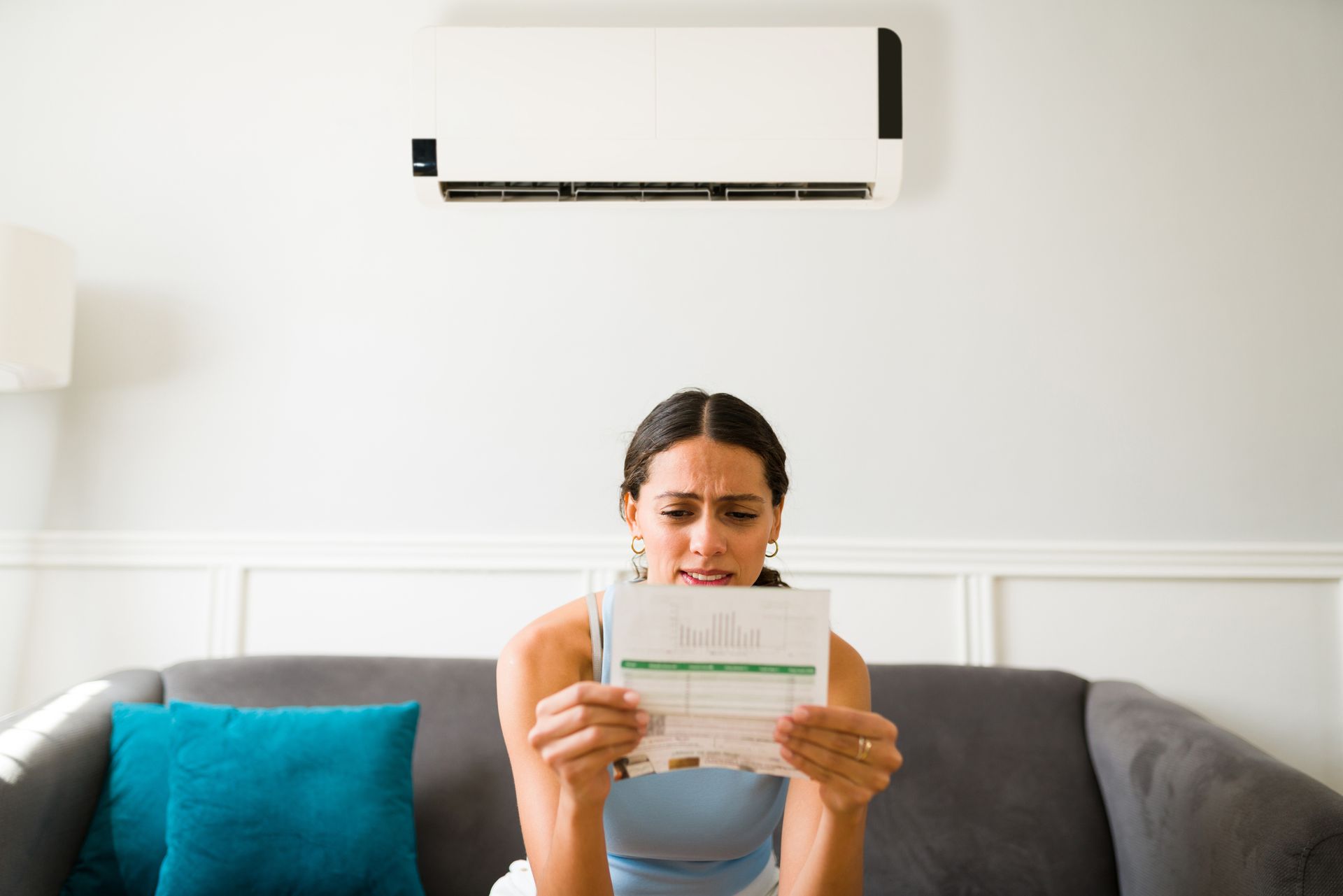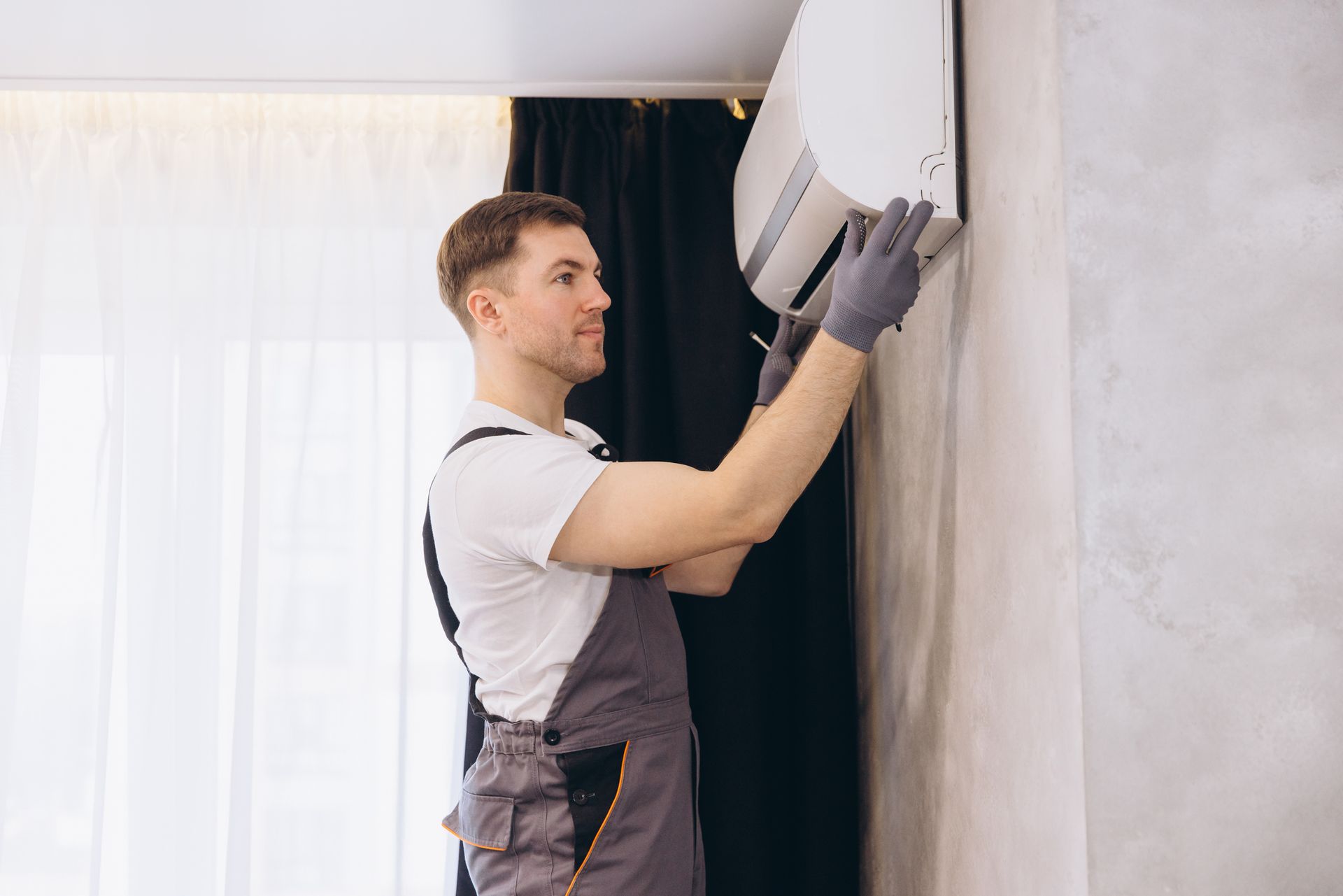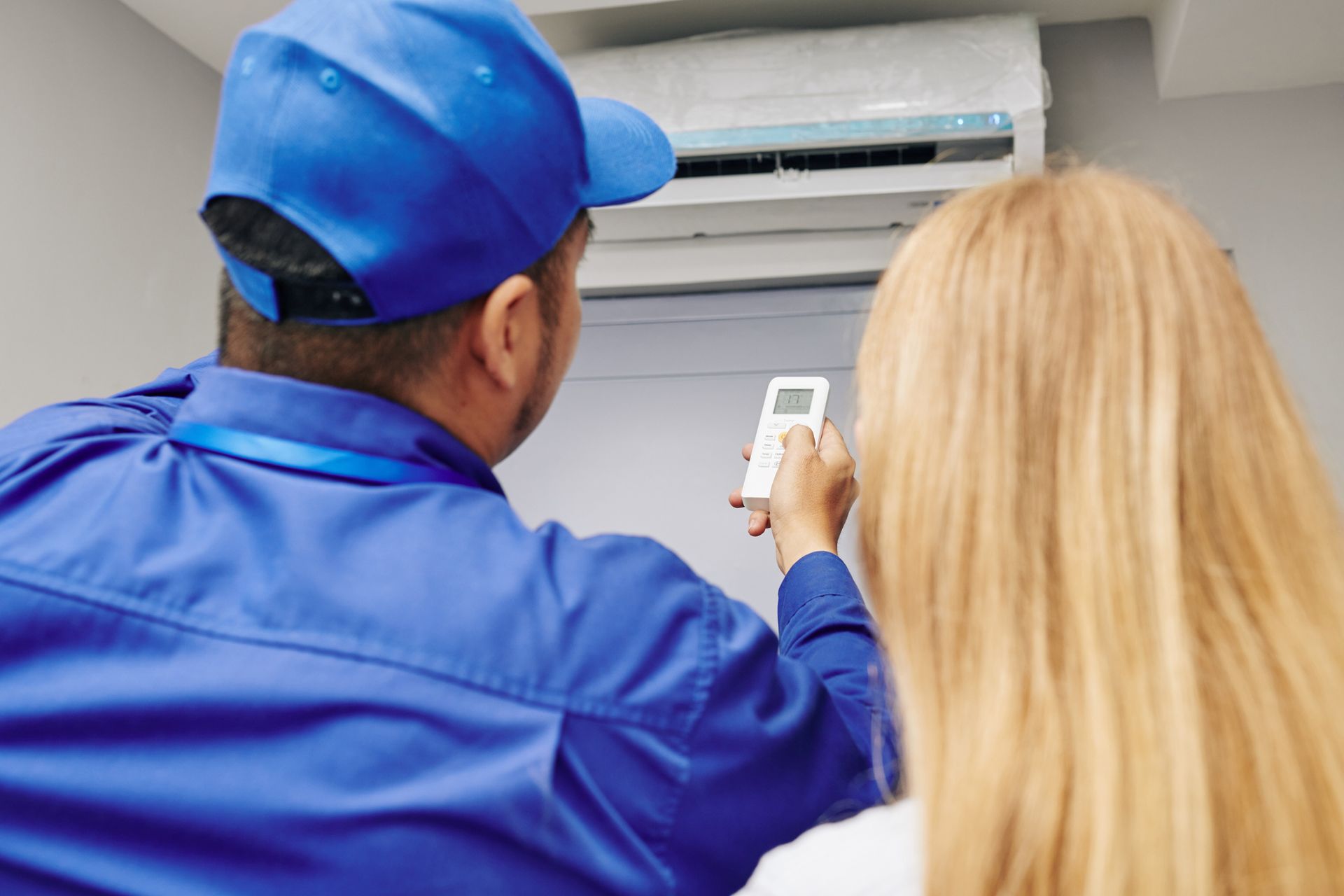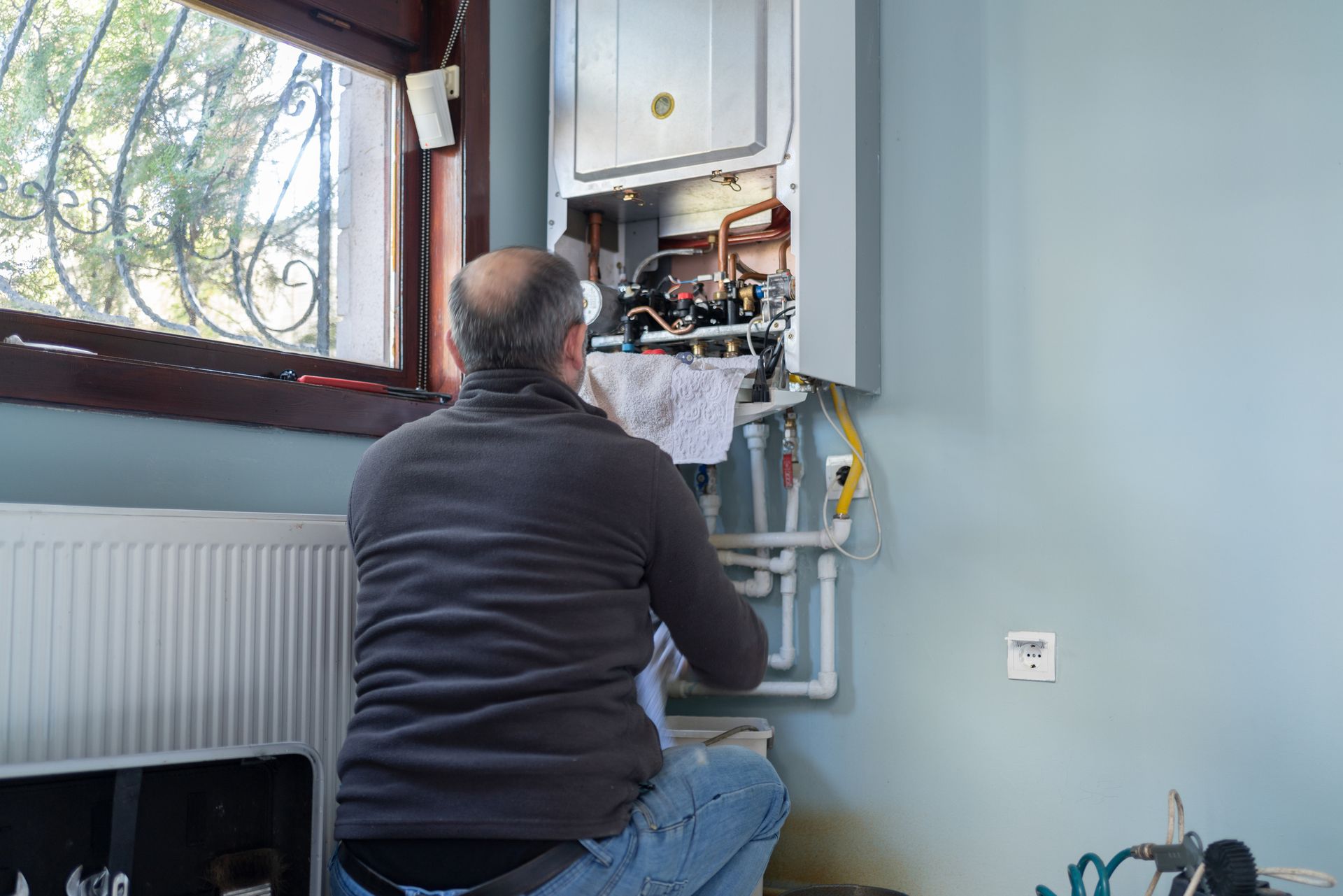COMMERCIAL, MAINTENANCE
COMMERCIAL HVAC SYSTEMS 101: HERE’S WHAT YOU NEED TO KNOW
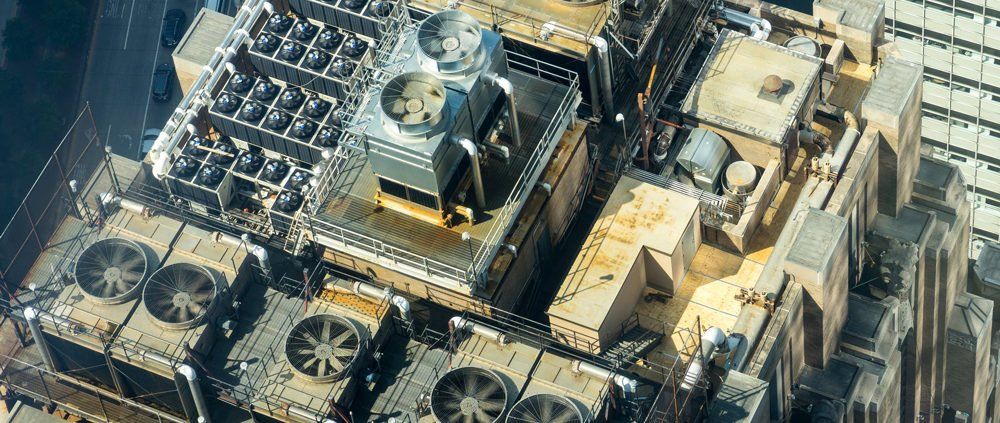
As a business owner, whether you’re trying to fend off winter’s frigid breeze or battle summer’s sweltering heat, you have to have a well-maintained commercial HVAC unit to make it happen. When you successfully create a comfortable office, retail, industrial, or hospitality space, everyone—from your customers to your employees (including you!)—will be happier.
But what do you need to know? What should you pay attention to?
To help you understand the ins and outs of commercial HVAC, Hoffner Heating and Air outlines everything you need to know.
Different Types of Commercial HVAC Equipment
For starters, commercial properties have different HVAC needs than residential property. By and large, these differences come from the fact that commercial structures are significantly bigger. While units vary, the most common commercial HVAC systems that contractors use to accommodate these needs are:
1. Single-Split Systems
Typically, single split systems are the most affordable type of HVAC system, making them popular choices for business owners. Contractors recommend these for small commercial buildings, such as shops, cafes, and boutique offices.
The pros? Single-split systems are also self-contained. So, if one breaks, the other units will continue to work. The cons? The downside is that every indoor unit pairs with a corresponding outdoor unit. Numerous outdoor units can take up a significant amount of space.
2. Multi-Split Systems
Multi-split systems work the same way as single-split systems but have a majority advantage. With multi-split systems, you can connect numerous indoor units to a single outdoor unit. The fewer outdoor units a building has, the less space the HVAC system takes up. Not only does it look better aesthetically, but it’s also more energy-efficient. Ultimately, this energy-efficient leads to lower heating and cooling bills.
3. VRF and VRVs
Variable refrigerant flow (VRF) HVAC systems, sometimes referred to as variable refrigerant volume (VRV), are ideal for medium to large commercial properties, such as hotels, multi-office buildings, or department stores. There are two types of VRF systems: heat pump and heat recovery.
Heat pumps can heat and cool your building; however, they cannot do both at the same time. On the other hand, heat recovery systems can provide both simultaneously. This feature is ideal for buildings with many small rooms.
How to Keep Your Air Quality High
Amid the COVID-19 pandemic, it is especially important to be mindful of the air quality in your building due to the ability of the virus and its variants to be transmitted through the air. Conference rooms, call rooms, and shared office space without windows are high-risk spaces for contracting the virus.
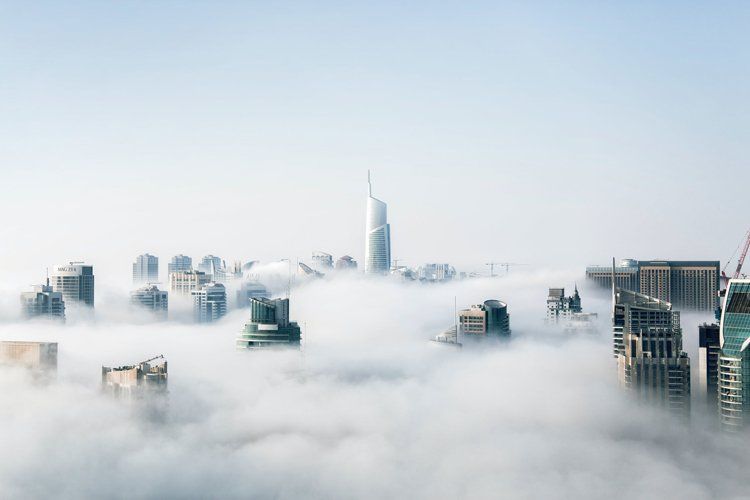
To ensure you’re providing a safe space for employees and customers, we recommend talking to your HVAC contractor about investing in bipolar ionizers. Researchers have found that it to be effective at eliminating viruses similar to COVID-19. Further, ask about the filters that you can install in your commercial HVAC unit. Installing filters with a high minimum efficiency reporting value (MERV) rating will help stop contaminants from passing through the air.
How HVAC Units Impact Employee Productivity
From hallway conversations and loud meetings to disruptive phones and conference calls, there are various elements of a workplace that can negatively affect employee productivity at the office. However, the temperature within an office, store, or restaurant doesn’t have to be one of them.
If the office temperature is too high, employees may experience discomfort and begin to perspire. Heat may even cause headaches and lower one’s ability to concentrate. Conversely, if the temperature is too low, employees’ error rates increase, and it may become more challenging for employees to type at the computer due to having cold hands. Whether the temperature is too hot or too cold, studies have shown that both impact employees emotionally as well, and not for the better.
In an interview with the Cornell Chronicle, Alan Hedge, Professor of Design and Environmental Analysis, said that “at 77 degrees Fahrenheit, the workers were keyboarding 100 percent of the time with a 10 percent error rate, but at 68 degrees, their keying rate went down to 54 percent of the time with a 25 percent error rate.”

Hedge’s findings suggest that 77 degrees Fahrenheit is the required temperature for optimal employee performance. While his study may hold some truth, the Occupational Health and Safety Administration (OSHA) still advises employers to keep temperatures at the office between 68-76 degrees Fahrenheit with the percentage of humidity between 20-60%.
But temperatures aren’t the only thing to consider. The air quality of filters within commercial units also impacts employee productivity. If the units’ filters are not routinely inspected and changed, they can potentially increase allergic reactions as they will continue to cycle dust and dirt around the area. These units may also spread illnesses due to germs, viruses, fungi, and mold attaching to the filters. Depending on the unit’s size and the air filter, the time to replace it can range from one month to a year.
Commercial units and their temperature ranges aren’t limited to office spaces. Find out The Best Temperature for Sleeping, Working, Exercising, and More.
Choosing the Right HVAC Equipment for You
No matter the state of the weather outside, the inside of your building should remain comfortable for all during any time of day to provide a comfortable space for customers and an area that promotes productivity and safety for employees.
But as a business owner, you’ve got a load to think about when it comes to running your business. That’s why our team of professionals at Hoffner Heating and Air Conditioning are always here to help with your HVAC needs and concerns. To learn more about installing a commercial unit or even making modifications and repairs, visit our contact page or call us at 412-376-9080.
MARCH 23, 2021/BY MATTHEW FLOWERS


